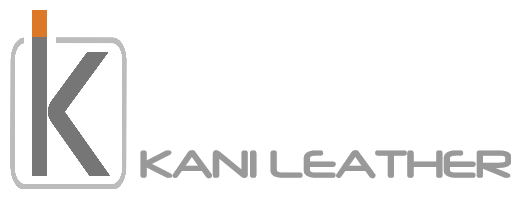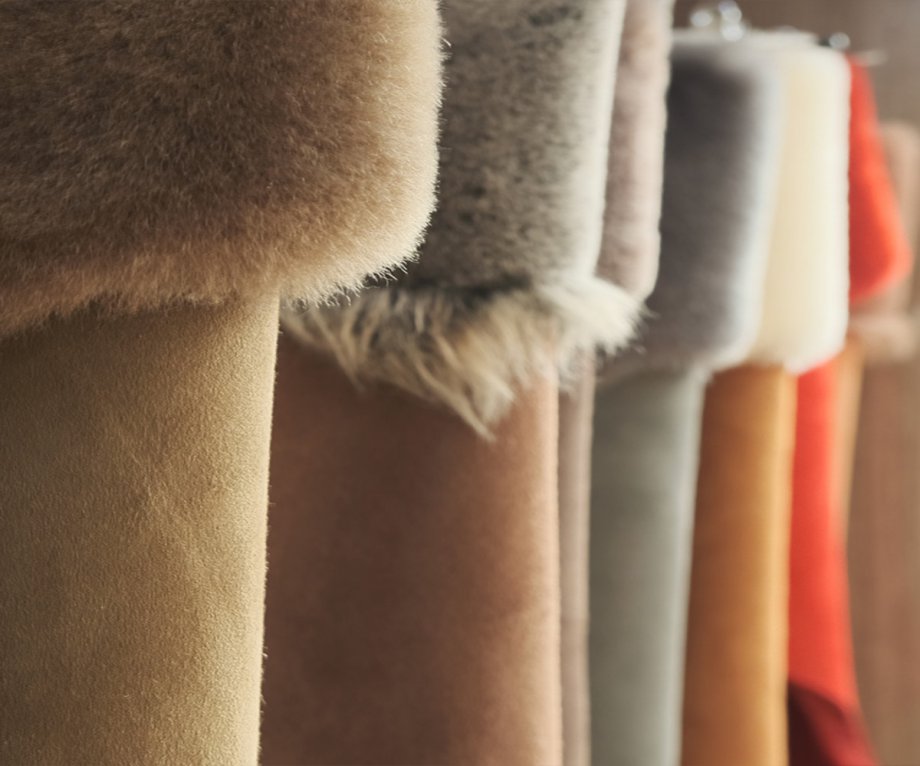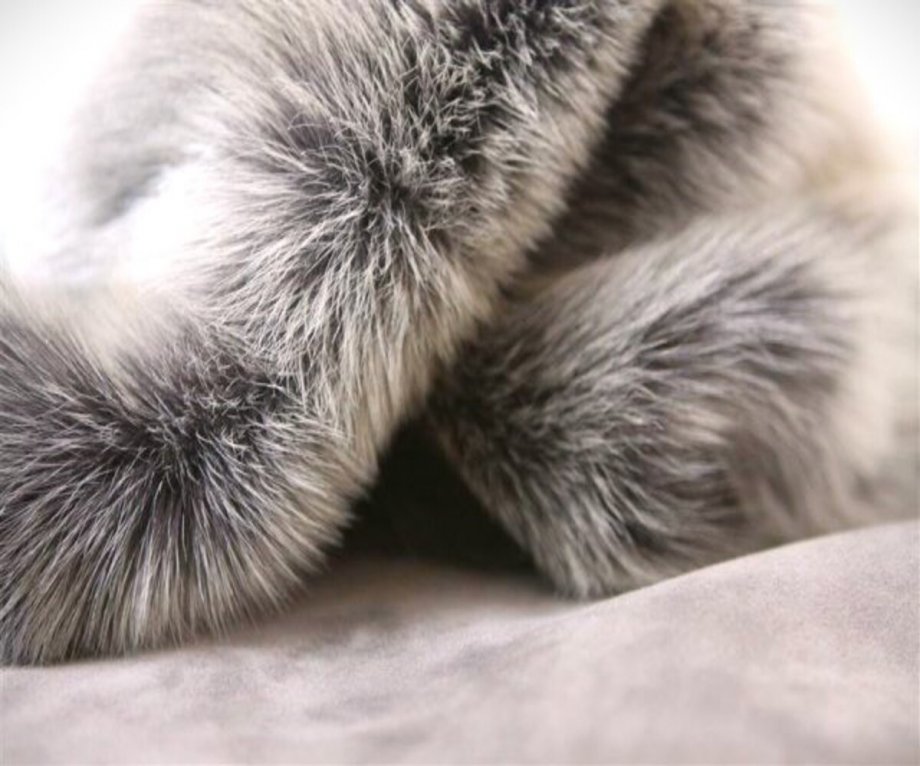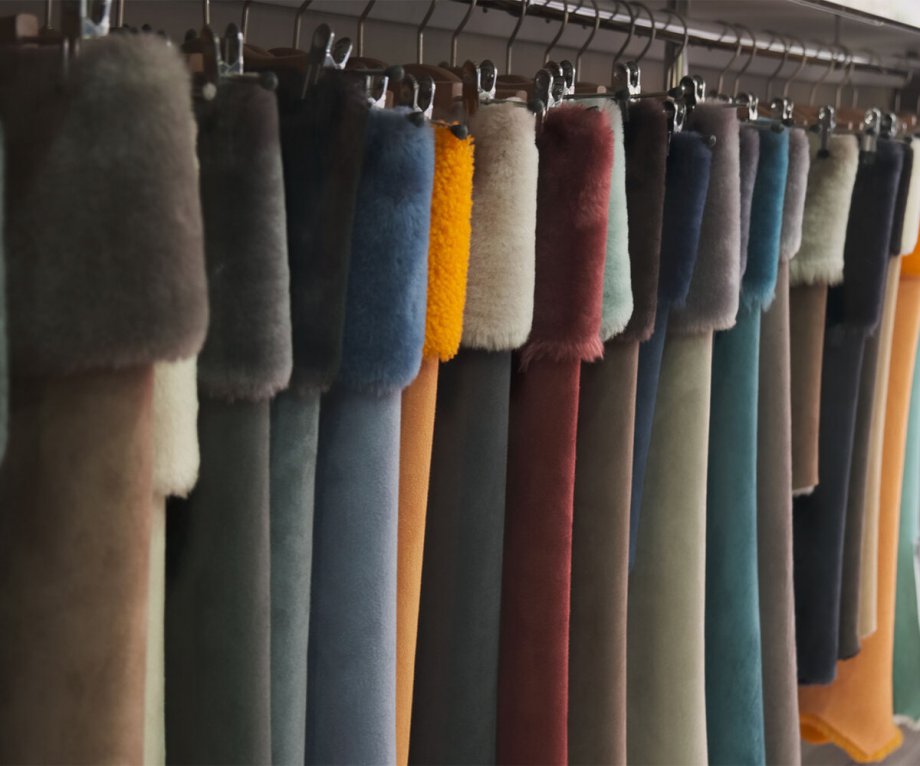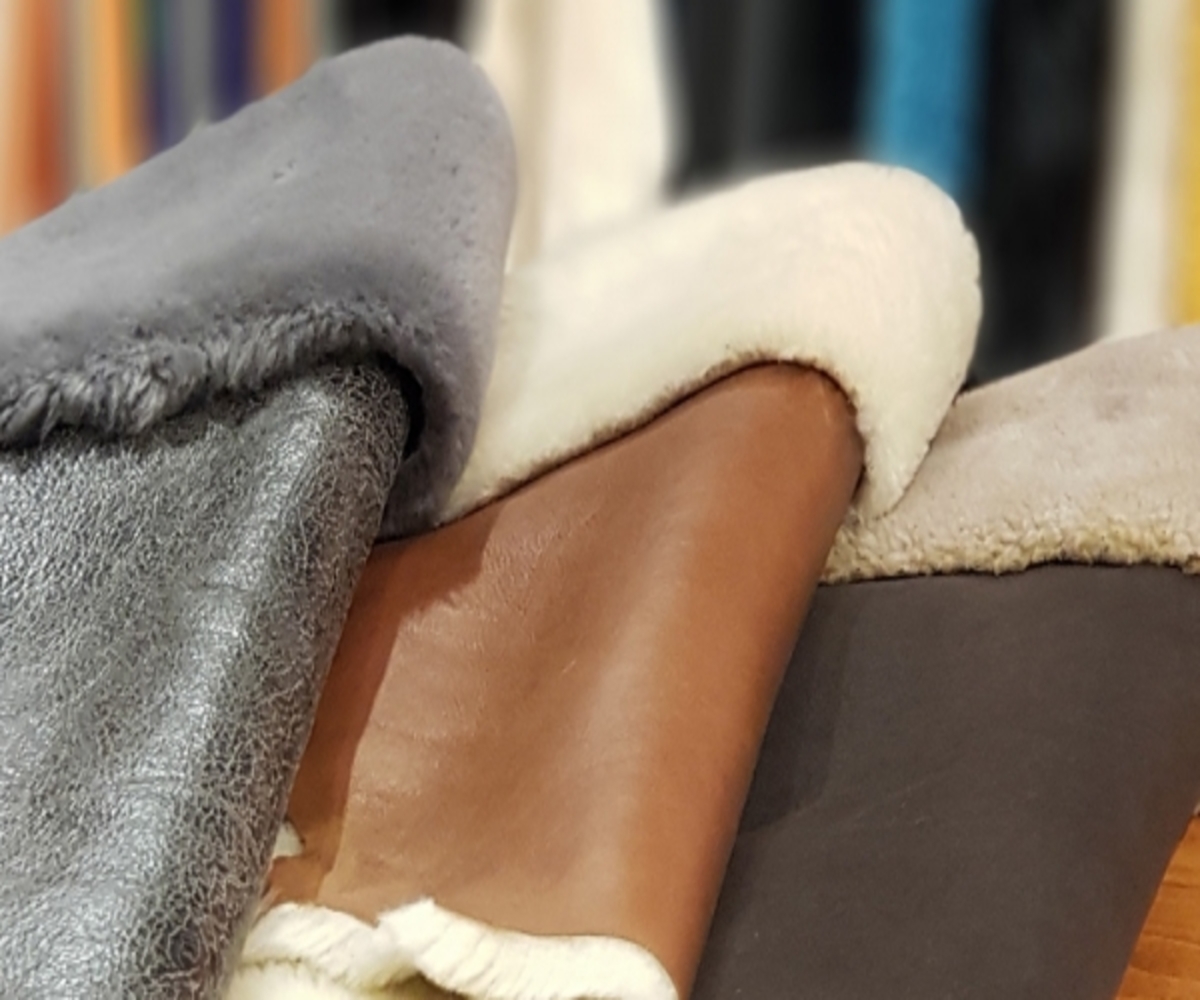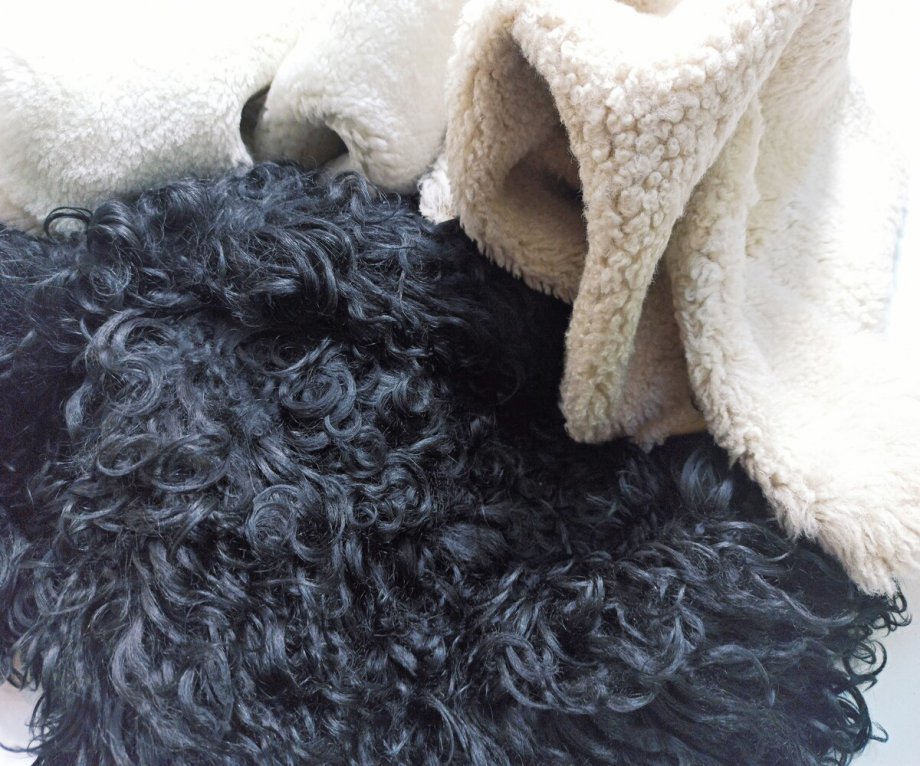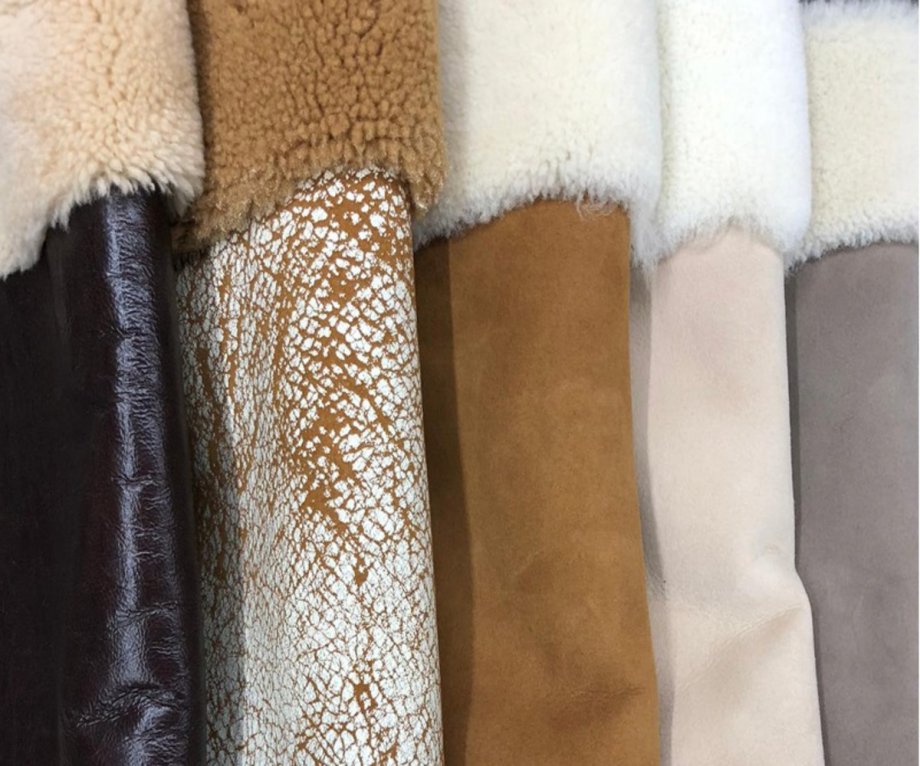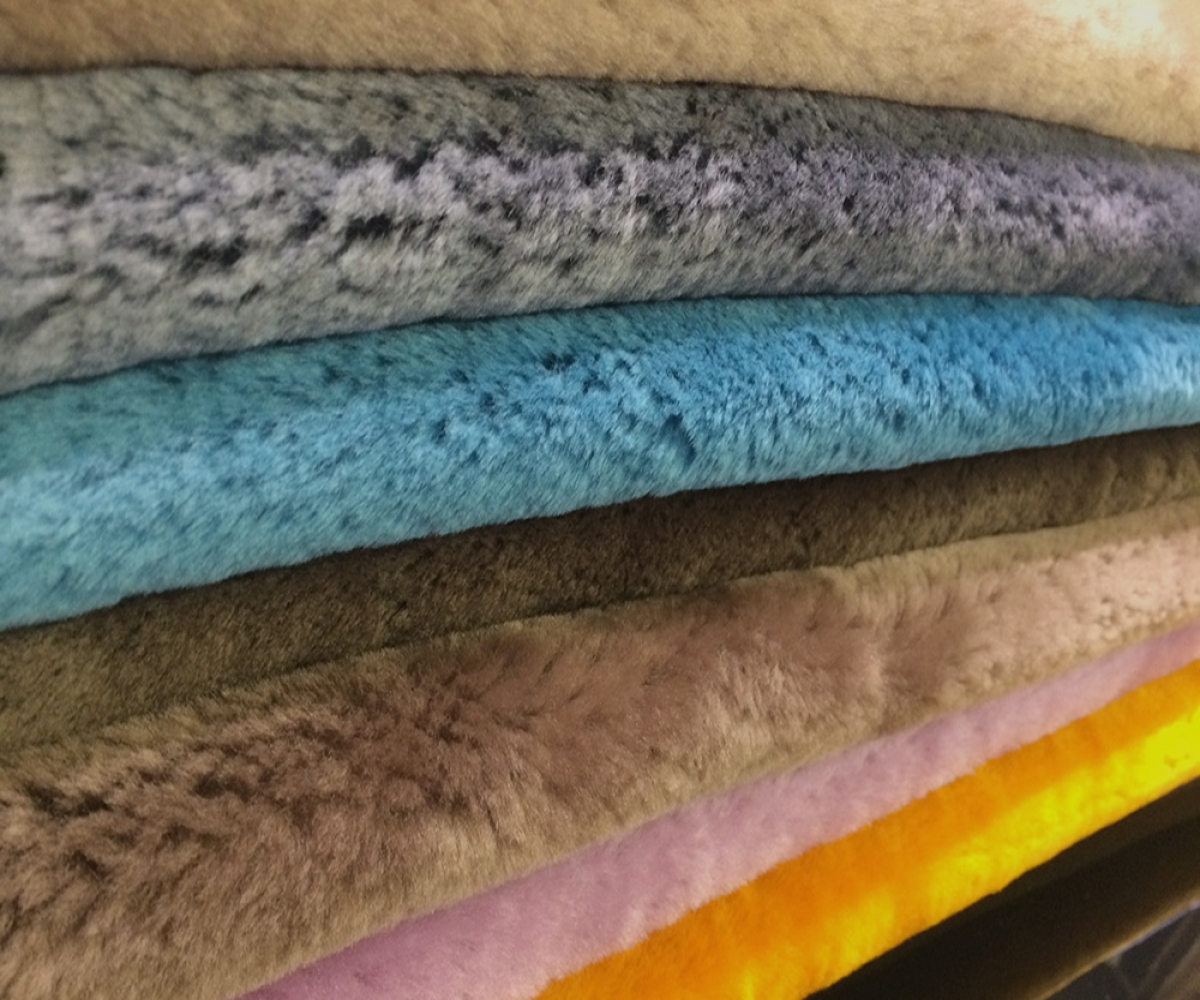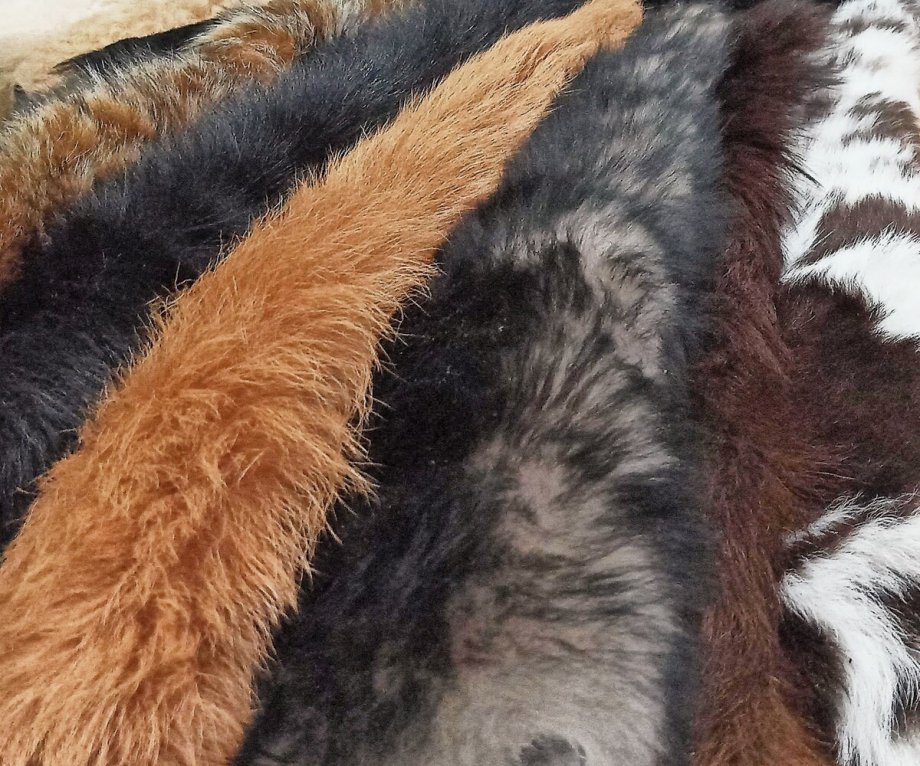Turkish Sheepskin and Shearling Manufacturers
TURKISH SHEEPSKIN AND SHEARLING MANUFACTURERS
Sheepskin is a very valuable and vital material that is used to make many other products. Its origins date back to antiquity. It has long been employed in the manufacture of apparel, footwear, and home items. The producers flay the sheep and then, after a number of physical and chemical procedures, sell the skin. In Turkey, there are more than 700 sheepskin shearling producers. While some of them, like sheepskin tanning businesses, just deal with the tanning procedure, others, like sheepskin wholesale manufacturers, function as suppliers of sheepskins and market the skins to other businesses so they may make other products, like sheepskin rugs.
ARE THERE ANY AUTHORITY RESTRICTIONS WHICH AFFECT SHEEPSKIN PRODUCTION IN TURKEY?
The production of sheepskin in Turkey is impacted by a number of government laws. These regulations are regulated according to environmental impact assessment reports and are mostly associated with cattle breeding. In Turkey, these regulations are determined by laws such as environmental law or rangeland law, international conventions, and European Union directives. These laws, which are mostly related to cattle breeding, are governed in accordance with environmental impact assessment assessments. International treaties, European Union directives, and legislation governing rangelands and the environment all influence how these policies are implemented in Turkey.
SHEEPSKIN MANUFACTURING: WHAT IS IT?
The process of putting sheepskin through physical and chemical processes to make it useable is known as sheepskin manufacture. Depending on the needs, raw leather is made in a variety of ways. This position has a lengthy and illustrious past. Sheepskin has been produced and processed since ancient times for a variety of uses, including the creation of clothing, footwear, accessories, and everyday things. Sheepskin producers produce various phases of raw sheepskin that is ready for usage. Soaking, fleshing, scrubbing, pickling, dying, and stretching and drying are the processes that make up this process. The UK, Turkey, and some other nations are in high demand for sheepskin manufacturers.
WHO ARE THE LEADERS IN TURKEY FOR SHEEPSKIN MANUFACTURING?
Turkey is home to numerous sheepskin producers. The most prominent and well-known brand is Kani Leather Tannery. High quality leather is produced by continuously developing the articulates for fashion by its strong R&D department, innovative structure and by the machinery park of the latest technology in Kani Leather Tannery, with having a production capacity for 6.000 skins (approximately 40.000 Square feet) of tanned leather hides Daily. Kani Leather Tannery have some of the cleanest and most environmentally friendly tanning/dyeing practices in the industry. Our processes are endorsed by REACH legislation.
TURKISH SHEEPSKIN MANUFACTURING CONDITIONS
One of the top producers and exporters of sheepskin is Turkey. Leading the export market are nations from Europe. Sheepskin industry stands out in Turkey due to the country's favorable geographic conditions, breeding customs, and dietary habits. In total, there will be 712 leather manufacturing units spread throughout 12 production zones by the year 2022. Most commonly, sheepskin is utilized in the fashion, footwear, and home decor industries.
LEADING MANUFACTURERS OF SHEEPSKIN IN TURKEY
Turkey is one of the most handy places for producers of sheepskin. Due to many encouraging and supportive policies, the leather production industry, in which Turkish businesses have been active since the 17th century, continued to survive after the Republic. This was also backed by the growing private sector activities in Turkey during the 1960s. In Turkey, sheepskin production is a significant and in-demand industry. Turkish leather's high quality is highly known among clients, and there are more than 700 leather production facilities in total.
KANI TANNERY IS THE LEATHER AND SHEEPSKIN COMPANY
Established in 1962 as a leather tannery, KANI LEATHER, one of the top producers and an internationally recognized brand, expanded its offerings to include its atelier, which creates leather and sheepskin goods. For makers of shoes, clothing, handbags and other leather and sheepskin goods. Kani Leather produces leather and sheepskin products. Shearling-based design products are also created by Kani Leather for its own brands. There are various ways to tan sheepskin in the tannery, including chrome, herbal, and medical tanning.
WHAT DIFFERENCE DO SHEEPSKIN AND SHEARLING HAVE?
Shearling and sheepskin are frequently used interchangeably. There are several variances between them even though they are both made from sheep. The way they are treated is the first thing that separates them. Shearling is sheared and sheepskin is tanned. Shearing increases the plushness and warmth of sheepskin while tanning makes it more supple and silky. Their texture is another distinction. Shearling has a fluffy texture, whereas sheepskin is more smooth and allows for the possibility of seeing certain patterns as a result of the tanning process. A number of processes linked to the handling of previously properly cleaned and dried animal leather are involved in the production of a sheepskin. The tanning stage follows the first (preparatory) stage. The next step, which gives the finished item its amazing longevity, is treating the natural leather after these two have been completed. Other procedures may be necessary depending on the type of leather and its intended use, but the fundamental objective is always to obtain a sturdy, high-quality ornamental material. Shearling is a type of a yearling sheep's lambskin or sheepskin hide. It has only been trimmed once to give the wool threads an exceptionally critical depth for a uniform appearance. Shearling is not, in contrast to delusions, a shorn fur at all. Shearling is the sort of skin that has been dressed and bronzed with the wool left on from a recently shorn sheep. It has a clipped fur surface on one side and a suede surface on the other side. The suede side is usually an fascinating thing about shearling because it can only be made of natural sheepskin and not fake fibers.
TYPES OF SHEEPSKIN SHEARLING
Where the hair is very coarse and preferably of a lovely white colour, it is used as fluffy rugs and bedside rugs, maintaining both the skin intact and its form with the full length of the hair. Wool sheep are also processed to preserve their natural fur. In the area of garments and boots, the fur is trimmed differently; there are two major variants: In both cases, the visible component of Shearling and Nappalan is the internal one, the flesh hand, which is properly processed both for the finished textile product and for the glove or foot.
